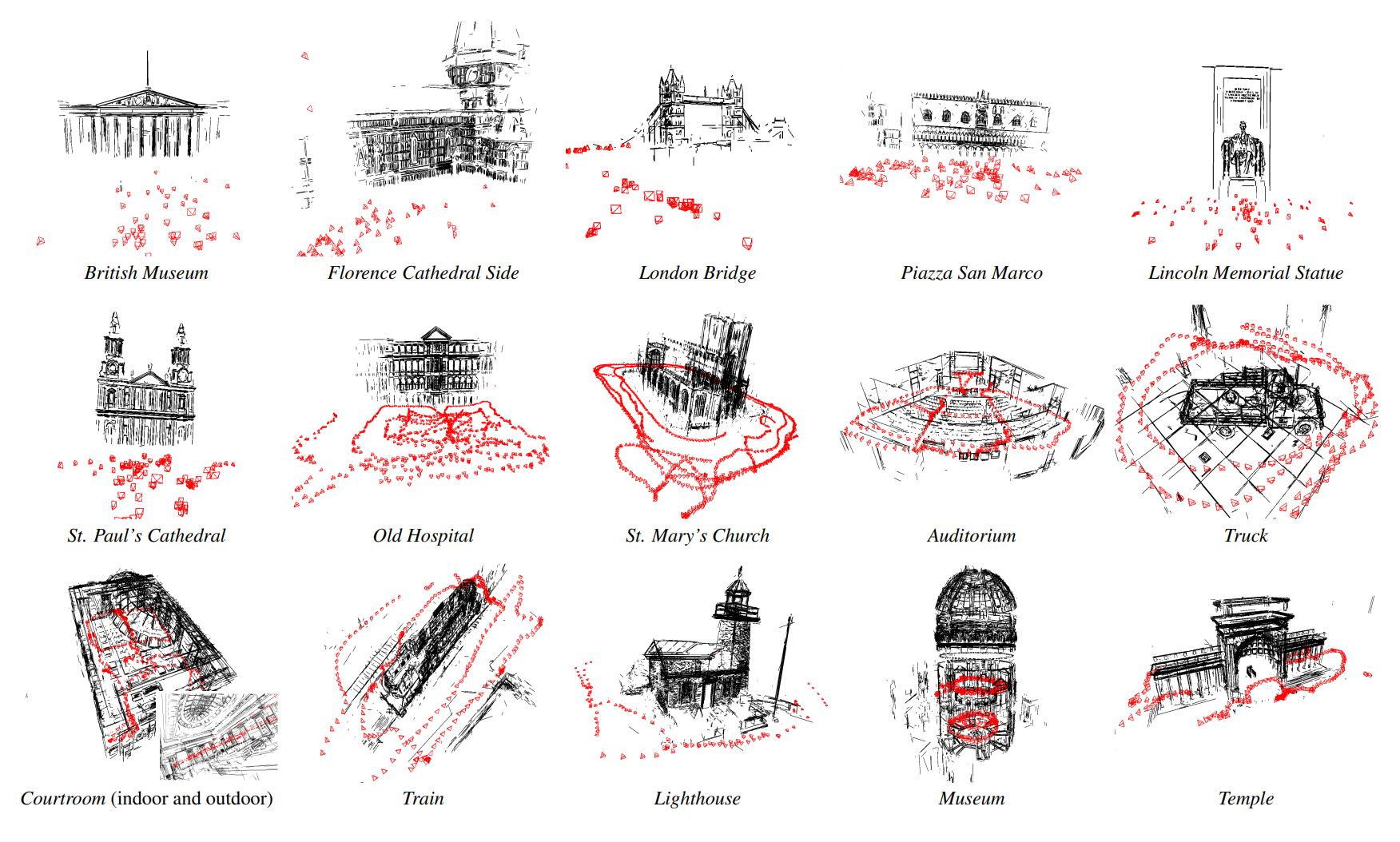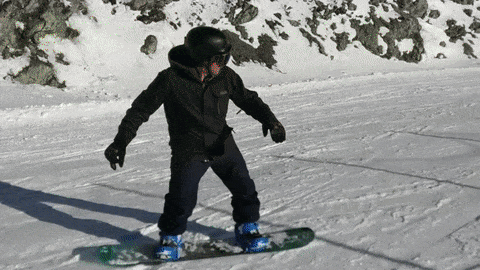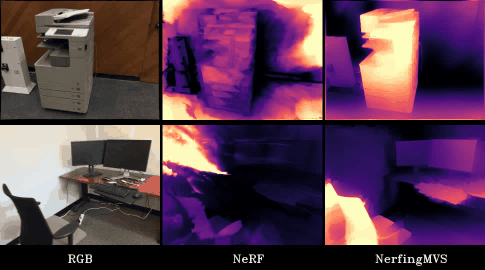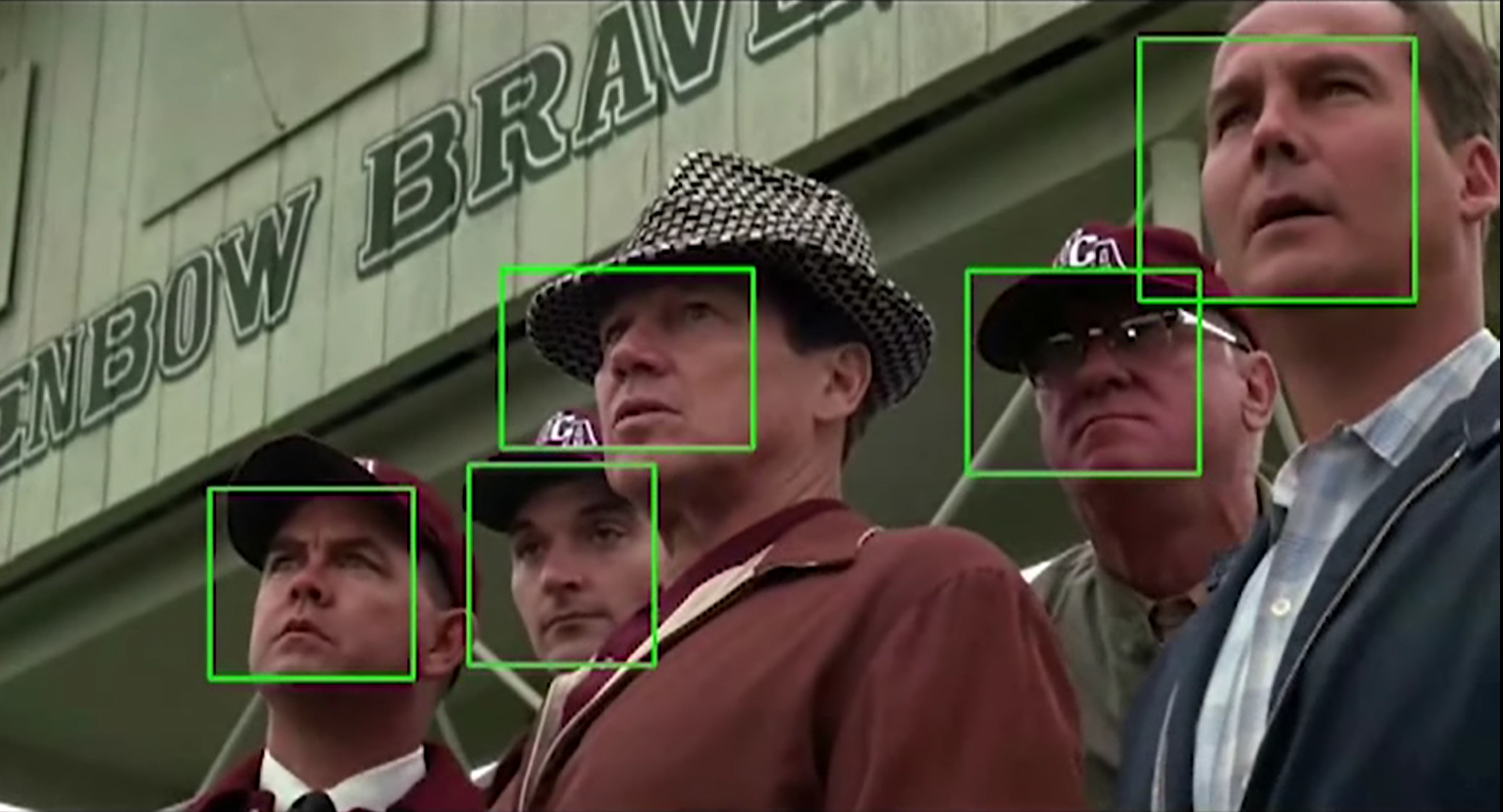Shaohui Liu
Contact: "b1ueber2y at gmail dot com" [Curriculum Vitae]I have also had the oppportunity to gain practical experience through industrial internships at , , , and .


Benchmarking Egocentric Visual-Inertial SLAM at City Scale
*, Shaohui Liu*, *, , , , , ,
ICCV, 2025. Selected as a highlight paper.
[Project] [arXiv] [Code] [ICCV 2025 Tutorial] [BibTex]
A city-scale dataset enables benchmarking of visual-inertial SLAM systems on egocentric videos spanning kilometers, with centimeter-accurate survey-grade control points as pose annotations.
Leaderboard: https://www.lamaria.ethz.ch/leaderboard

Relative Pose Estimation through Affine Corrections of Monocular Depth Priors
, Shaohui Liu, , ,
CVPR, 2025. Selected as a highlight paper.
[arXiv] [Paper] [Supplement] [Code] [BibTex]
A group of new relative pose solvers benefit from both keypoint matching from classical geometry pipeline and monocular depth predictions from foundation models.

Reloc3r: Large-Scale Training of Relative Camera Pose Regression
*, *, Shaohui Liu, , , ,
CVPR, 2025. From external collaboration.
[arXiv] [Paper] [Supplement] [Youtube] [Poster] [Code] [Demo] [BibTex]
Scaling up training yields a reasonably accurate relative pose regressor that runs 20x faster than existing estimators based on image matching and RANSAC.

Robust Incremental Structure-from-Motion with Hybrid Features
Shaohui Liu*, *, *, , , ,
[arXiv] [Paper] [Supplement] [Poster] [Code (to come as part of limap)] [BibTex]
Incremental SfM of points, lines, and vanshing points, with analytic covariance propagation.

limap: 3D Line Mapping Revisited
Shaohui Liu, , , ,
CVPR, 2023. Selected as a highlight paper.
[Project] [arXiv] [YouTube] [Paper] [Supplement] [Poster] [RSIP] [Slides] [Code] [BibTex]
An open-sourced system that robustly and efficiently constructs 3D line maps from multi-view imagery benefits multiple downstream applications such as visual localization and hybrid bundle adjustment, while also being flexible to adaptation of different 2D line detectors and matchers.

ParticleSfM: Exploiting Dense Point Trajectories for Localizing Moving Cameras
, Shaohui Liu, , ,
ECCV, 2022. Part of my intern project at .
[Project] [arXiv] [YouTube] [Slides] [Code] [BibTex]
Connecting, optimizing dense point trajectories from pairwise optical flows and segmenting them into labeled point tracks benefit an effective global structure-from-motion system for dynamic in-the-wild videos (image sequences) that exhibit complex foreground motions.

NerfingMVS: Guided Optimization of NeRF for Indoor Multi-view Stereo
, Shaohui Liu, , , ,
ICCV, 2021 / T-PAMI, 2023. Accepted as an Oral.
[Project] [arXiv] [Supplement] [YouTube] [Code] [BibTex]
Integrating conventional SfM + MVS reconstruction and learning-based depth priors largely improves the learned geometry of neural radiance fields (NeRF) in general indoor scenes, leading to significantly better multi-view depth estimation and novel view synthesis.

DIST: Rendering with Differentiable Sphere Tracing
Shaohui Liu, , , , ,
CVPR, 2020. Most work was done at .
[Project] [arXiv] [Supplement] [YouTube] [1-min Teaser] [Poster] [Slides] [Code] [BibTex]
A new differentiable sphere tracing algorithm enables systems to efficiently render various 2D observations from deep implicit signed distance functions and effectively perform robust inverse geometric optimization over real-world images with great generalization capability.

Towards Better Generalization: Joint Depth-Pose Learning without PoseNet
, Shaohui Liu, ,
[arXiv] [Supplement] [Slides] [Code] [BibTex]
Instead of relying on a PoseNet-like architecture, explicitly solving relative pose from optical flow correspondence improves the performance and generalization of self-supervised joint depth-pose learning methods on multiple challenging scenarios.

RepPoints: Point Set Representation for Object Detection
*, Shaohui Liu*, , ,
ICCV, 2019. Intern project at .
[arXiv] [Supplement] [Slides] [Blog] [Code] [BibTex]
Using a set of representative points to connect stages for simultaneous semantically aligned feature extraction and flexible geometric 2D representation produces a brand new effective object recognition framework without the need of anchors and bounding boxes.

Project August: Efficient Face Tracking at More than 1k FPS on CPU
Major project developer at in 2017.
By caching, reusing and sharing intermediate features of a lightweight regression-based tracking model across frames we achieved extremely efficient face tracking and deployed the system onto real-world market products, as a preprocessing step for subsequent face analysis.